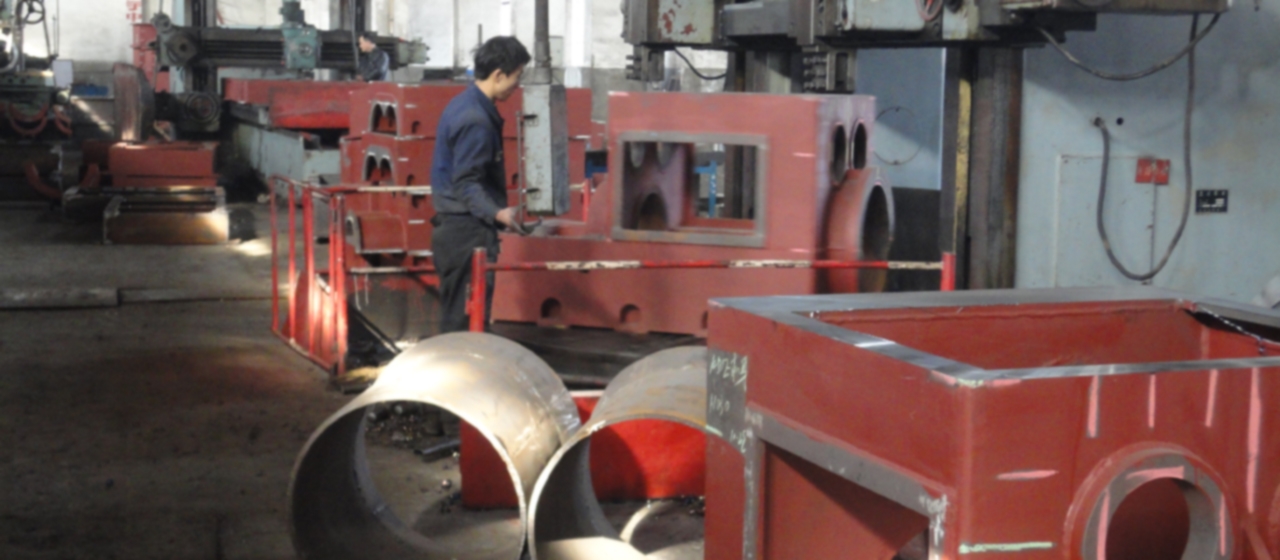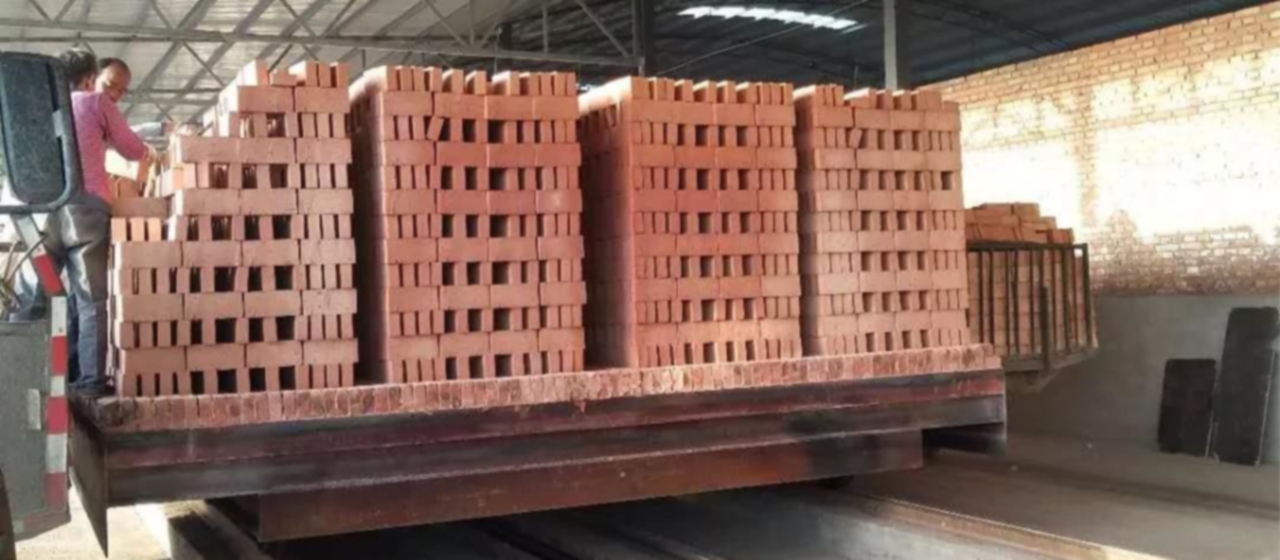clay brick Mobile Tunnel Kiln
Several Hard Injuries of Mobile Ring Tunnel Kiln

The structure and production process characteristics of mobile circular tunnel kilns are different from general tunnel kilns. They have relatively less investment, shorter construction time, lower production costs, and lower calcination energy consumption compared to general tunnel kilns. They have developed rapidly in the past decade. However, in practical use, the effect is not satisfactory, and there are many defects and problems. Some are inherent structural and quality issues, some are process issues limited by the characteristics of this type of kiln, and some are environmental issues, ultimately affecting the output and quality of products. Most mobile circular tunnel kiln manufacturers have poor product quality and high scrap rates. There are multiple reasons for this “problem kiln”, first of all, the mobile circular tunnel kiln itself has some serious problems and defects, and there are several difficult to treat hard wounds:
1. Mobile circular tunnel kilns are not suitable for use in cold winter areas in the north.
The four main processes of brick stacking, drying, roasting, and unloading in this type of kiln are arranged on the circular kiln passage, and operate in a sequential cycle with the circular kiln passage. There are no heating and insulation facilities, and production is mainly carried out in outdoor natural environments. Only rainproof and sunscreen awnings are installed on the kiln. Therefore, during the winter frost period in the north, the mud in the conveyors, mixers, and brick machines of this production line will be frozen into hard blocks and unable to be produced. Especially the wet billets stacked on the circular kiln, which have long been frozen hard and unusable, will definitely be shut down.
Affected by the cold climate, the effective working period of the mobile circular tunnel kiln is only 6-8 months per year, which cannot reach the total annual output. Anyone who chooses this kiln production line in the cold winter regions of the north has seriously affected the output and quality of the products. Its so-called advantage of high output has become an empty statement, leading to poor overall economic benefits throughout the year.
2. Mobile circular tunnel kilns have special requirements for the construction site.
Because its kiln body is a circular arc ring shape, it is placed on two concentric but unequal diameter circular tracks. The cross-section of the kiln has a width of over 13m, including 4.5m, 6.5m, 8.8m, and 10.m8. Its construction land is similar to the land used for the same production scale of a one-time code burning tunnel kiln production line. However, the mobile circular tunnel kiln production line requires strict site conditions, and the adaptability of site selection is poor, which limits the flexibility of the overall process design. One is that the site must be a sufficiently large square (circular), and the other is that the site must be flat and even level, without the flexibility and adaptability of a typical tunnel kiln production line.
3. Does not meet the requirements of relevant environmental standards.
① The height of the exhaust funnel (chimney) for drying and roasting waste gas emissions does not meet environmental standards. The moisture exhaust fan and smoke exhaust fan of the mobile circular tunnel kiln are all installed on the moving kiln and move with the kiln. All fans are not vertically upward, only the exhaust pipe is installed horizontally, allowing the exhaust gas to be discharged towards the inner side of the circular tunnel through a section of horizontal exhaust pipe. As a result, the exhaust gas diffuses around the factory area, creating a foul atmosphere that not only harms workers but also causes serious pollution to the environment. Some manufacturers have been continuously protested and complained about by surrounding residents, and have been ordered by local environmental protection departments to stop production and rectify.
② The exhaust gas emitted from drying and roasting has not been treated. The fuel used for the calcination products of mobile circular tunnel kilns is coal (coal gangue, slag, etc.), and the flue gas generated from combustion contains particulate matter such as smoke and dust, as well as gases such as SO2, HF, NOx, CO2, etc., which have not been treated with measures such as flue gas purification, dust removal, and desulfurization, causing significant pollution.
4. Thermal system and drying and roasting thermal process issues of mobile circular tunnel kiln.
① The quality of drying is difficult to guarantee, and uneven drying and dehydration may occur due to climate changes such as season, day and night, sunny and cloudy, cold and warm, dry and wet, which can easily lead to network cracks or mute sounds in the product.
② Due to the integrated connection and movement of the drying chamber and calcination kiln in this type of kiln, the drying speed of the billet is restricted by the firing speed of the calcination kiln, and cannot be adjusted and controlled according to the requirements of the billet drying process. The temperature of the billet entering the calcination kiln is too high or too low, and the residual moisture is too high or too low, which can cause cracks or mute sounds in the product.








